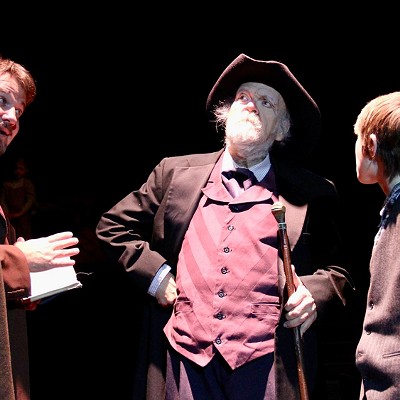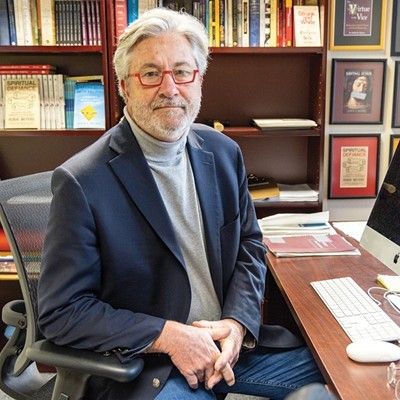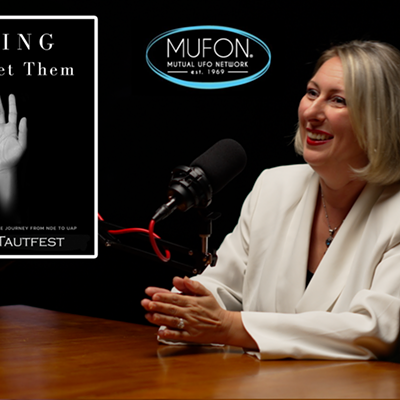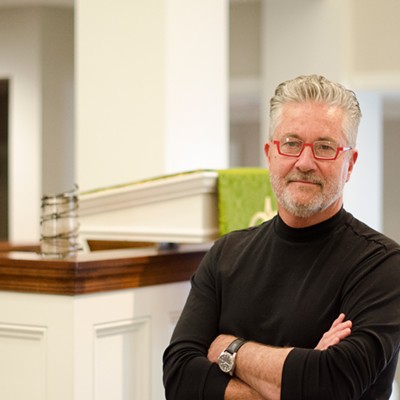To replace it, we must keep our eyes on two goals: designing a convention center that best serves our present and future needs and conducting the design process with openness and transparency.
Few dispute the fact that convention business has tanked nationally, particularly regarding larger conventions. The Oct. 13 Wall Street Journal reported on the intense competition for shrinking convention business between cities that have overbuilt their convention facilities.
The article included a graph showing a 35.4 percent increase in convention/ exhibit-hall space and a 1.7 percent decline in convention attendance nationally since 2000. Prudence says don’t plan on a return to the golden days of conventions given the prospects of a challenged economy lingering long term as well as the Internet and social communication cutting into business travel.
It seems wise that we take care not to oversize our new convention facility and to focus not only on appropriate size, but also on providing a mix of high-quality meeting and exhibition space that best serves the needs of our community, state and region.
The quality venues available in Oklahoma City for large-scale events, particularly with food service available, are severely limited. The new convention center should be designed to offer excellent facilities to large-scale city, state and regional meetings and events.
Hats off to The Oklahoman and business writer Steve Lackmeyer for taking almost two pages in a recent edition, and a substantial follow-up article the next week, to analyze these issues. The interview comments of Mike Carrier, president of the OKC Convention and Visitors Bureau, were encouraging.
Carrier emphasized focusing on the needs of Oklahoma City and questioned competition with larger markets and their megacenters.
It’s important that the City Council maintain open and independent leadership in the design process to ensure the citizens’ interests to have a properly designed and scaled convention center are met.
Times are changing and new normals are emerging, particularly in the realm of convention centers. Despite significant decline in convention business, some say “build it and they will come,” touting the success of the Chesapeake Energy Arena. But building an arena to bag an NBA team acquisition in the works is a different dynamic than trying to draw national megaconvention business in an overbuilt, depressed industry.
It seems prudent for the Council to consider input from a variety of convention-industry consultants, even conservative ones, to make sure we spend our MAPS 3 resources on the best possible convention center for the unique needs of Oklahoma City.
There’s already talk of overruns that would take construction costs beyond the funds provided by MAPS 3. Perhaps a re-examination of our convention center needs could help us keep it within its current budget.
The issue is not whether to build a convention center. It is how to build a convention center that appropriately meets the needs of our city and is sustainable from an income-generating perspective.
Bleakley is publisher of Oklahoma Gazette.
Opinions expressed on
the commentary page, in letters to the editor and elsewhere in this
newspaper are those of the author and do not necessarily reflect the
opinions of ownership or management.












